Americans read all about the horrible fighting in the Great War in 1914.
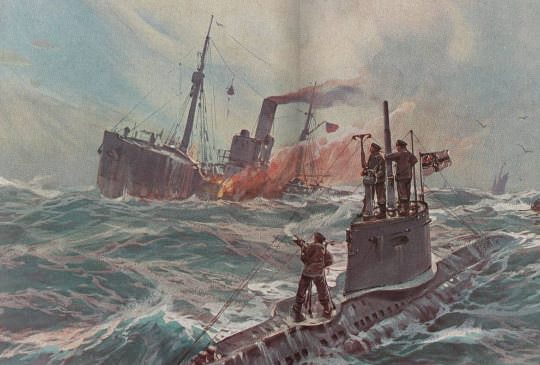
Their location safely on the other side of the Atlantic Ocean, however, allowed them to keep their distance from Europe’s problems.
Although most Americans wanted to stay out of Europe’s war, the United States was emerging as a world power in the 1900s by involving itself in the affairs of its neighbors in the Western Hemisphere. It had started to influence politics and protect U.S. business interests in nearby Central America, sending in troops when necessary.
But in April 1915, President Woodrow Wilson said, “Our whole duty, for the present at any rate, is summed up in this motto: ‘America first.’” The United States officially refused to take sides in the war. But many Americans favored one side or the other. And American businesses continued to sell and ship much-needed products to their prewar friends, Britain and France.
Early in the war, the Germans had introduced a frightening new weapon. They called it an Unterseeboot (“undersea boat,” shortened to “U-boat” and also known as a “submarine”). At first, U-boats targeted British navy ships, since Great Britain had set up a naval blockade to limit Germany’s access to food and supplies. Then Germany announced in 1915 that it would start attacking merchant ships that entered its war zone. Merchant ships carried both passengers and cargo.
Esta historia es de la edición May/June 2017 de Cobblestone American History Magazine for Kids.
Comience su prueba gratuita de Magzter GOLD de 7 días para acceder a miles de historias premium seleccionadas y a más de 9,000 revistas y periódicos.
Ya eres suscriptor ? Conectar
Esta historia es de la edición May/June 2017 de Cobblestone American History Magazine for Kids.
Comience su prueba gratuita de Magzter GOLD de 7 días para acceder a miles de historias premium seleccionadas y a más de 9,000 revistas y periódicos.
Ya eres suscriptor? Conectar
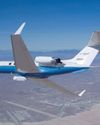
Eye in the Sky
An interview with Joe Piotrowski
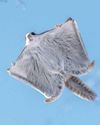
Airborne Animals
Humans have taken to the skies in balloons, gliders, and airplanes-but we're not alone among the clouds. Animals of all sorts have evolved to harness wind power.
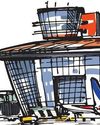
TAKING OFF
The Wright brothers expected airplanes to “take off,” but even they might be amazed at the way the airline industry has become big business. In the past, it was expensive to send something by plane.

GROWTH OF AN INDUSTRY
After their historic flight at Kitty Hawk in 1903, Wilbur and Orville Wright returned to Dayton, Ohio. They spent the next few years making adjustments and building additional versions of their powered aircraft in their bicycle shop.
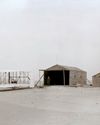
WHY KITTY HAWK?
The Wright brothers searched carefully for the best place to test their gliders and flying machines. Their main concern was for good, steady winds. But they also hoped to find a remote location to allow them to perform tests away from the public eye.
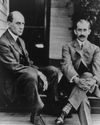
Two Brothers From Ohio
Most people do not realize that the Wright brothers—Wilbur, born in 1867, and Orville, born in 1871—performed various scientific experiments before inventing their aircraft. For as long as anyone in their hometown of Dayton, Ohio, could remember, the Wright boys had worked on mechanical projects.
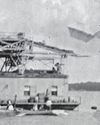
A Helping Hand
May 6, 1896. A group of people who had gathered beside the Potomac River, just south of the U.S. capital, grew quiet. Then, it erupted in cheers as a small, unmanned aircraft took to the skies and flew for more than half a mile. The flight came seven years before the Wright brothers’ first manned, powered flight. The inventor of the aircraft was Dr. Samuel Pierpont Langley.
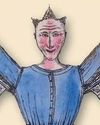
THE IDEA MEN
People dreamed of flying thousands of years before the Wright brothers found success near Kitty Hawk, North Carolina. These dreamers, such as Leonardo da Vinci, studied birds flying and imagined how humans might do the same—if only they had wings. Other men developed a more hands-on approach to the topic. Early inventors made wings of cloth, glue, and feathers and tied these creations to their arms in an attempt to imitate nature.

Da Vinci's 4 Designs
Have you ever wondered how a bird flies? Leonardo da Vinci (1452–1519) did. He thought that understanding how a bird flies would provide the key to human flight. So, what did da Vinci learn from birds?

Silken Wings
Seven hundred years before the Wright brothers began experimenting with human flight, the Chinese had already mastered its secrets—with kites.